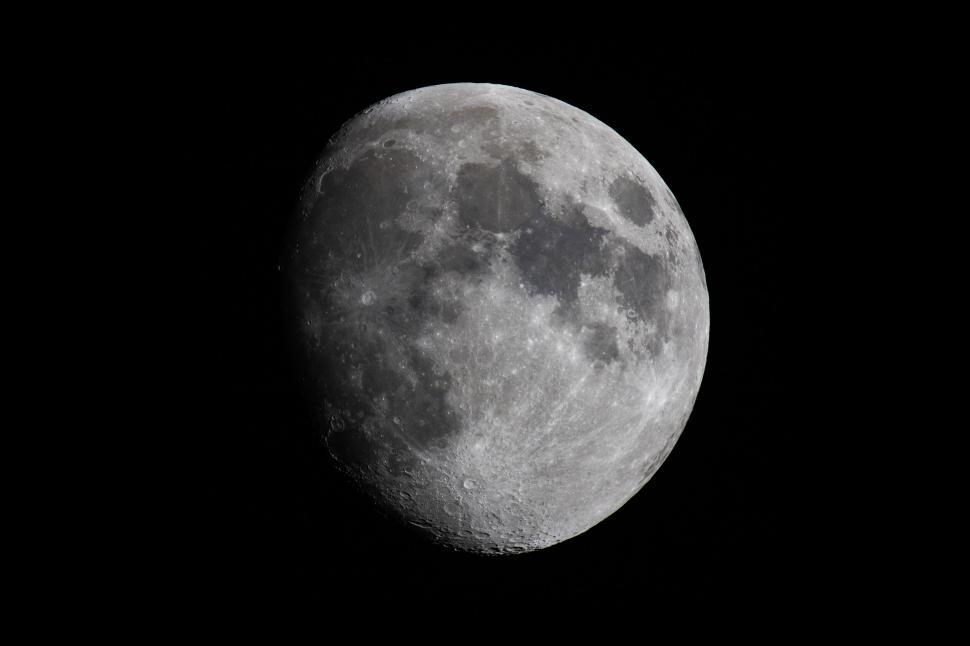China, United States also battling over the time on the Moon
With space exploration needing more coordination among multiple partners, imposing one's own time in outer space is the goal of both Washington and Beijing. For the White House, the Artemis Accords are “the basis of US leadership in space." The Asian superpower aims to establish time zones and lunar Internet by 2028.
Rome (AsiaNews/Agencies) – What time is it on the moon? That question is not at all obvious since outer space is increasingly the destination of manned and unmanned missions, coordinated by several countries. Which time zone to choose?
As the South China Morning Post reports, China, along with its Russian space partner, and the United States, are competing to set the "international standard" for the time system that will be used in space projects, each undertaking separate initiatives.
Setting time standards is not just a crucial step for practical coordination, but has also historically been a symbol of political power and influence.
The winner will leave their mark on the history of space exploration and set a standard for future lunar missions, underscoring their global influence.
United States: Artemis Accords
Following a White House directive, NASA is working on a new time standard, Coordinated Lunar Time (LTC), to support safe and sustainable exploration now that more countries and private companies are planning missions to the Moon.
The proposed time system, which has been agreed to by 43 countries who signed up to the US-led Artemis Accords, is intended to serve as an "international standard", according to a memorandum from the White House Office of Science and Technology Policy in April.
“Knowledge of time in distant operating regimes is fundamental to the scientific discovery, economic development, and international collaboration that form the basis of US leadership in space,” the memo reads.
Namrata Goswami, a space policy researcher at Arizona State University, noted that during the Cold War, lunar spacecraft used the time zone of their country of origin, but activities on the Moon were more limited then.
China and Russia: International Lunar Research Station
Beijing and Moscow are not signatories to the Artemis Accords. Instead, they are engaged in a parallel effort known as the International Lunar Research Station, which aims to build a permanent base at the moon's south pole by 2035.
Goswami noted that China also plans to create a timekeeping and navigation system for the Moon. This includes establishing a time zone for the Earth’s only natural satellite and develop a coordinated lunar communication and Internet capability by 2028.
Researchers have proposed several roadmaps for the development of a constellation of satellites similar to BeiDou (China's satellite navigation system) for the Moon, which would play a critical role in positioning, navigating and measuring time in the space between Earth and lunar orbit.
In June, a team from the Beijing Institute of Spacecraft System Engineering proposed launching a network of 21 satellites around the moon to provide real-time, high-precision navigation in support of China's lunar ambitions.
The satellites, which feature a sustainable and cost-effective design, will be deployed in three phases and four types of orbits, according to the paper published in the Chinese Space Science and Technology journal.
Present framework and future prospects
Currently, the Moon does not have a unified time system: each mission uses its own time scale linked to the Earth's Coordinated Universal Time (UTC).
While this method has worked for independent missions, it becomes problematic when multiple spacecraft need to collaborate.
Moreover, clocks on Earth and the Moon have different speeds due to different gravitational fields. The difference is minimal, but it affects timekeeping, the accuracy of which is crucial for synchronisation in space missions.
The adoption of Greenwich mean time (GMT) as a global standard is a prime example of how asserting one's own time standard is a symbol of power.
The 1884 decision to run the prime meridian through the site of the Royal Observatory Greenwich was not only a matter of convenience, but also a reflection of Britain's dominant position in navigation, commerce, and science at the time.







.png)










